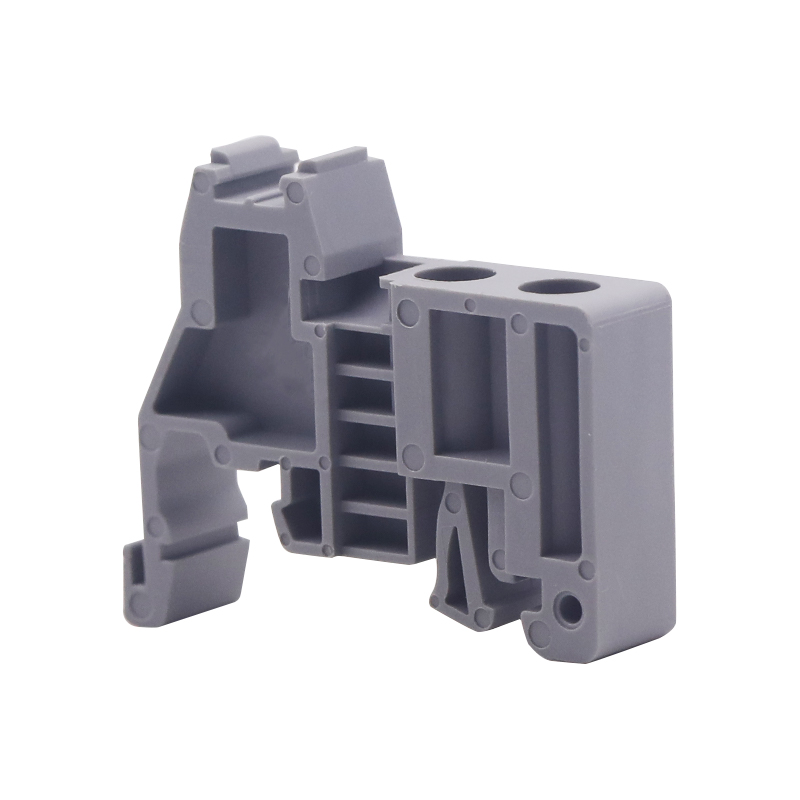Why Is the DIN Rail Terminal Block End Stop Essential for Electrical Installations?
2024-12-24
In electrical installations, maintaining order, safety, and stability is crucial, especially in environments with high wiring density. This is where the DIN Rail Terminal Block End Stop comes into play. But what exactly does it do, and why is it a must-have component in your electrical setup? Let’s explore its functionality, benefits, and significance in detail.
What Is a DIN Rail Terminal Block End Stop?
A DIN Rail Terminal Block End Stop, also known as an end clamp or end bracket, is a small yet vital accessory used to secure terminal blocks and other components in place on a DIN rail. It prevents movement or shifting caused by vibrations, ensuring a stable and organized electrical system.
These end stops are typically made of durable materials like plastic or metal and are available in different sizes to fit various DIN rail types.
Why Is It Important in Electrical Installations?
1. Prevents Component Movement
Without an end stop, terminal blocks and other components can slide along the DIN rail, disrupting connections and creating potential safety hazards.
2. Enhances System Stability
End stops provide a fixed point, ensuring that all components remain securely aligned and stable even in environments with constant vibration or mechanical stress.
3. Promotes a Neat and Organized Layout
By holding components in place, end stops contribute to a clean and professional appearance for control panels and electrical enclosures.
4. Improves Safety
A secured system reduces the risk of accidental disconnections or short circuits caused by shifting components.
5. Easy Installation and Maintenance
Most end stops are designed for quick mounting and removal, simplifying both initial setup and ongoing maintenance.
Where Are DIN Rail Terminal Block End Stops Used?
- Industrial Automation: To secure terminal blocks in control panels for machinery and robotics.
- Power Distribution: Ensuring stability in electrical distribution boards.
- Building Management Systems: Organizing wiring in HVAC, lighting, and access control systems.
- Transportation: For stable connections in railways, ships, and other vehicles exposed to constant motion.
How to Choose the Right End Stop?
1. Check Compatibility with the DIN Rail
Make sure the end stop matches the type and size of your DIN rail (e.g., TS 35 or TS 15).
2. Material Matters
Choose plastic end stops for lightweight applications or metal ones for environments requiring higher durability.
3. Consider Locking Mechanisms
Some end stops come with locking features for enhanced stability, especially in high-vibration settings.
4. Ease of Installation
Opt for models with tool-free mounting or snap-on features for quick setup.
5. Assess Environmental Conditions
For harsh environments, select end stops with heat resistance, corrosion protection, or UV resistance.
Can an End Stop Improve Efficiency?
Yes! By keeping terminal blocks and components firmly in place, end stops reduce the likelihood of errors or disruptions in your system. This not only enhances reliability but also minimizes downtime caused by troubleshooting loose connections or shifted components.
Conclusion
The DIN Rail Terminal Block End Stop might be a small accessory, but its role in maintaining the stability, safety, and organization of electrical installations cannot be overstated. Whether you’re working on a large industrial control panel or a compact distribution board, this simple yet effective component is a must-have.



